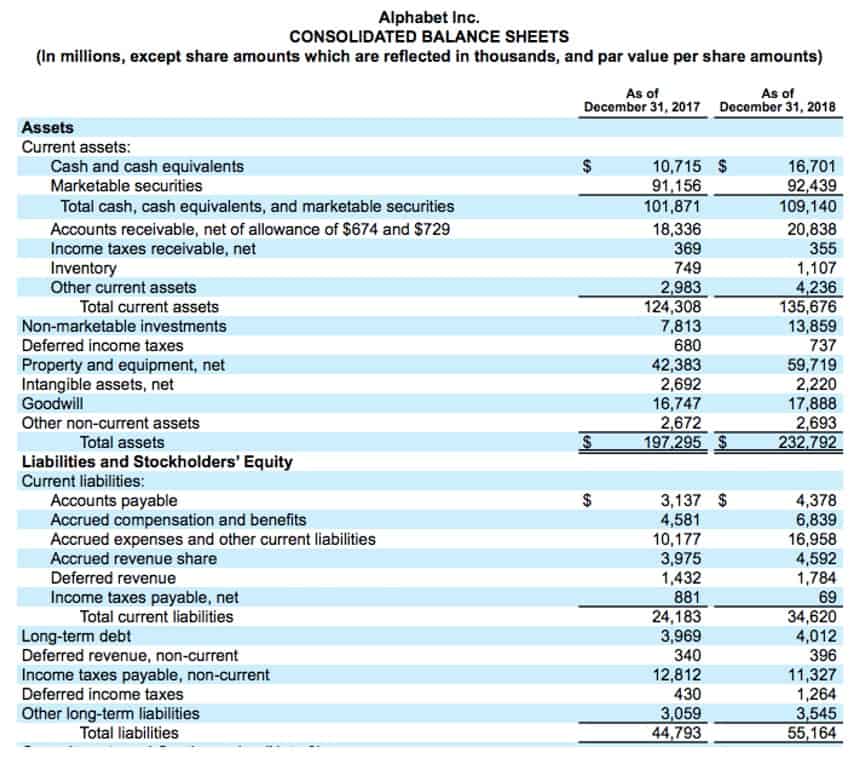What is marginal cost?

The marginal cost formula is the change in total production costs—including fixed costs and variable costs—divided by the change in output. It indicates that initially when the production starts, the marginal cost is comparatively high as it reflects the total cost including fixed and variable costs. In the initial stage, the cost of production is high as it includes the cost of machines, setting up a factory, and other expenses. That is why the marginal cost curve (MC curve) starts with a higher value. Then it shows a decline as with the same fixed cost, many units are produced, keeping the cost of production low. After it reaches the minimum level or point, it again starts rising to show a rise in the cost of production.
The first step is to calculate the total cost of production by calculating the sum of the total fixed costs and the total variable costs. The analysis of the marginal cost helps determine the “optimal” production quantity, where the cost of producing an additional unit is at its lowest point. Marginal cost’s relationship with the production level is intriguing and has significant implications for businesses. As mentioned, the marginal cost might decrease with increased production, thanks to economies of scale. The marginal costs of production may change as production capacity changes.
In other words, it is the change in the total production cost with the change in the quantity produced. Marginal costs are important in economics as they help businesses maximise profits. When marginal costs equal marginal revenue, we have what is known as ‘profit maximisation’. This is where the cost to produce an additional good, is exactly equal to what the company earns from selling it. In other words, at that point, the company is no longer making money. The reason that the marginal cost was $2 instead of the previous average cost of $5 ($50,000 divided by 10,000 units) is that some costs did not increase when the additional unit was produced.
- In addition, the business is able to negotiate lower material costs with suppliers at higher volumes, which makes variable costs lower over time.
- The concept behind marginal benefit and marginal cost extends beyond business.
- Marginal costs are important in economics as they help businesses maximise profits.
Fixed costs are expenses that remain constant, regardless of the production level or the number of goods produced. The costs a business must pay, even if production temporarily halts. Economists use marginal cost to understand market dynamics, as it plays a vital role in defining supply curves, understanding equilibrium and providing insights into efficient resource allocation. For example, a toy manufacturer could try to measure and compare the costs of producing one extra toy with the projected revenue from its sale.
In the example above, the cost to produce 5,000 watches at $100 per unit is $500,000. If the business were to consider producing another 5,000 units, they’d need to know the marginal cost projection first. Variable costs, by contrast, increase and decrease according to the level of production. In many cases, however, the increase in variable costs will be less than the increase in production output.
Additional Resources
When considering marginal costs, fixed costs are excluded unless the increase in output level pushes the company into a higher relevant range. In the example above, we made the assumption that the company currently had the manufacturing capacity to scale up to 120 shoes. If this is the case, the marginal cost of $50 reflects only variable costs. If the company needs to enter into a new lease to handle the growth, this fixed cost is included in the incremental cost of these additional goods.
- We then divide the change in the total price ($25,000) by the change in quantity (5), which equals a marginal cost of $5,000 per motorbike.
- It then pays an extra $50 to manufacture an extra 100 product units.
- Marginal cost is the change of the total cost from an additional output [(n+1)th unit].
- However, additional step costs or burdens to the existing relevant range will result in materially higher marginal costs that management must be aware of.
- She might, however, be convinced to purchase that second ring at $50.
- Marginal cost is calculated by dividing the increase in production costs by the increase in unit output.
This demand results in overall production costs of $7.5 million to produce 15,000 units in that year. As a financial analyst, you determine that the marginal cost for each additional unit produced is $500 ($2,500,000 / 5,000). Marginal cost represents the incremental costs incurred when producing additional units of a good or service. It is calculated by taking the total change in the cost of producing more goods and dividing that by the change in the number of goods produced.
Given below is the data of the total cost of production of a firm producing school uniforms. We will be finding the marginal cost by observing the changes in the total cost and in the output produced. In the first year of business, his total costs amount to $100,000, which include $80,000 of fixed costs and $20,000 of variable costs. In this case, there was an increase from $50,000 to $75,000 – which works out as an increase of $25,000. Then we calculate the change in quantity which increases from 10 to 15; an increase of 5.
Positive externalities of production
As an example, a company that makes 150 widgets has production costs for all 150 units it produces. The marginal cost of production is the cost of producing one additional unit. Had BottleCo used pricing data from the original 100,000 water bottles manufactured, it would have said it would be unprofitable to make a water bottle for $6.00 and sell it for $5.50. However, the additional 50,000 units take advantage of economies of scale and leverage existing fixed costs.
Marginal Cost: Definition, Formula, and Examples
The total cost increases as the quantity of the product increases because larger quantities of production factors are required. Marginal revenue is the lost or stolen refund income accrued from producing 1 additional unit of merchandise. Marginal benefit is the maximum amount a consumer is willing to pay for a product.
Figure out the change in total cost
Sign up for Shopify’s free trial to access all of the tools and services you need to start, run, and grow your business. Get free online marketing tips and resources delivered directly to your inbox. Try Shopify for free, and explore all the tools and services you need to start, run, and grow your business. Get instant access to video lessons taught by experienced investment bankers. Learn financial statement modeling, DCF, M&A, LBO, Comps and Excel shortcuts.
The quantities involved are usually significant enough to evaluate changes in cost. An increase or decrease in the volume of goods produced translates to costs of goods manufactured (COGM). To determine the change in costs, simply deduct the production costs incurred during the first output run from the production costs in the next batch when output has increased. The change in total expenses is the difference between the cost of manufacturing at one level and the cost of manufacturing at another. For example, management may be incurring $1,000,000 in its current process.
Join PRO or PRO Plus and Get Lifetime Access to Our Premium Materials
So, by subtracting fixed cost from the total cost, we can find the variable cost of production. Variable costs change when a higher production level requires increased capacity or other adjustments. For example, larger manufacturers may decrease overall unit costs by negotiating lower prices on bulk purchases.
The change in quantity of units is the difference between the number of units produced at two varying levels of production. Marginal cost strives to be based on a per-unit assumption, so the formula should be used when it is possible to a single unit as possible. For example, the company above manufactured 24 pieces of heavy machinery for $1,000,000. The increased production will yield 25 total units, so the change in quantity of units produced is one ( ).
Initially, as production increases, Marginal Costs may decrease due to efficiencies gained. Think of a factory coming online and producing more and more units. As the number of units being produced by that factory grows, the cost of the factory (along with all the other costs) is divided by a larger number, causing the Marginal Cost to fall. But as production continues to increase, eventually new costs are incurred, such as needing to open a second factory.
The firm has to purchase or rent additional equipment to maintain its production at the same levels. Relying on one strategy may only work if you have the market cornered and expect adequate sales numbers regardless of price point. Ultimately, you’ll need to strike a balance between production quantity and profit. Because different initiatives will have different marginal benefits, it is up to elected officials to determine how to allocate limited resources like taxpayer funds. For example, let’s say the cost to decrease theft from 500 annual cases to 400 annual cases is $100,000. It is up to public officials to determine what it would cost to get the number of annual cases down to 300 and what the benefit would be if these funds were instead spent elsewhere.
Marginal costs provide insights into the optimal production output and pricing, i.e. the point where economies of scale are achieved. Average cost may contrast with marginal cost, as the latter will rarely remain stable across each unit. Marginal cost encompasses only one unit’s cost, whereas average expense typically indicates all units produced (Pindyck & Rubinfeld, 2018). Marginal costs are a critical economic concept describing the cost of producing one extra unit of a good or service. Finally, understanding a firm’s marginal cost can provide deep insights into its operational efficiency, profitability and growth prospects in investment banking and business valuation. For example, if a small business’s marginal cost for an additional product is $20, the product’s price should be more than $20 to make a profit.




